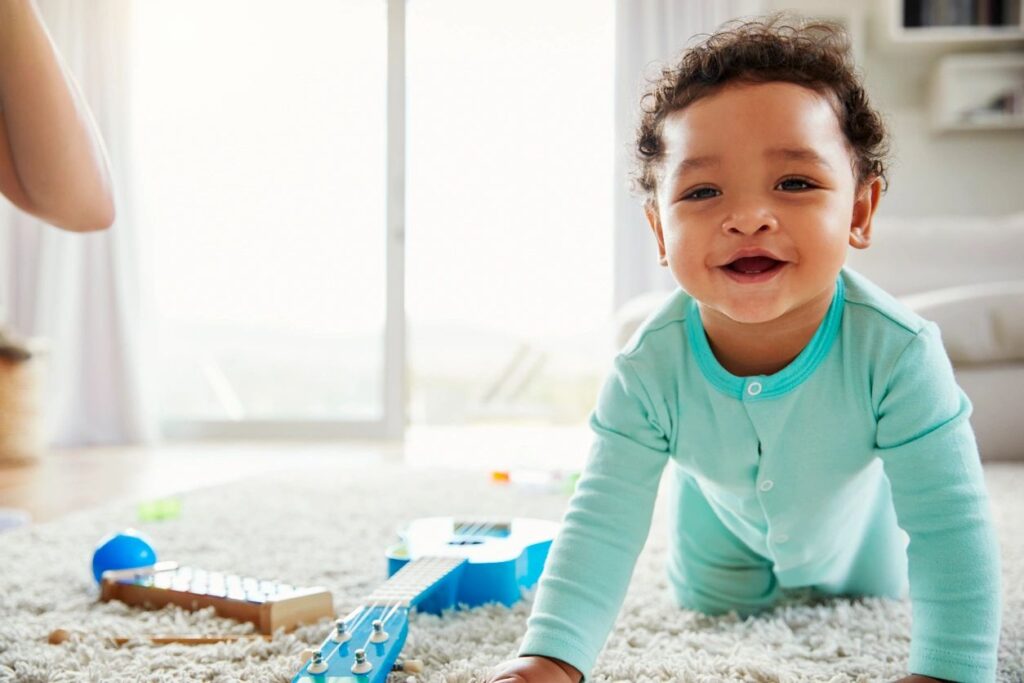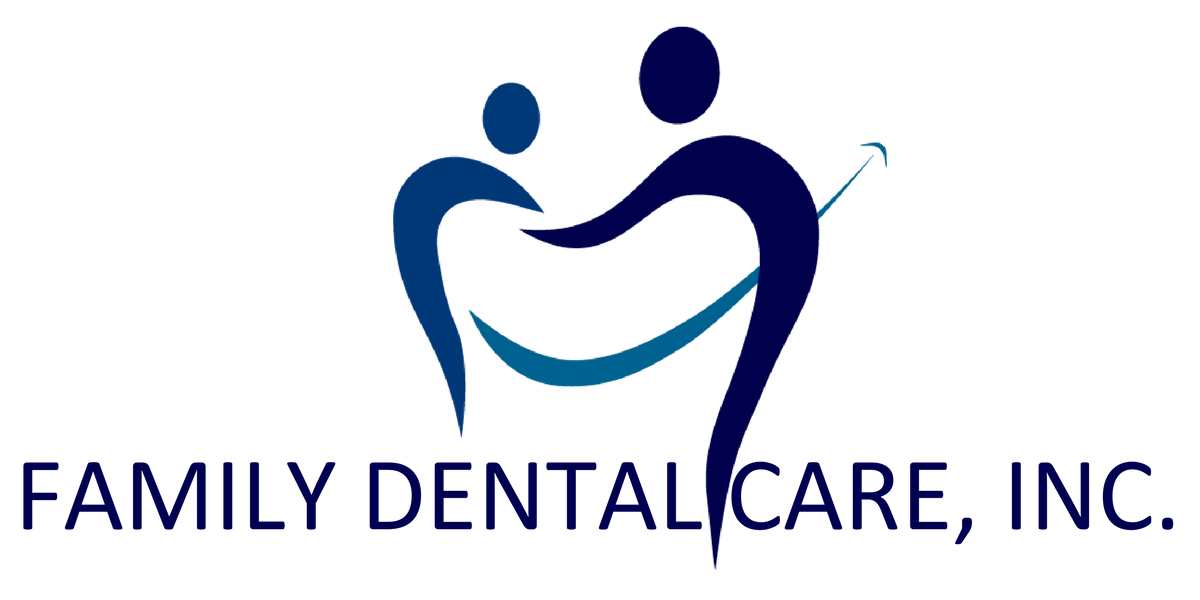
Healthy Teeth Start Young
Good dental care begins before a baby’s first tooth appears. Just because you can’t see the teeth doesn’t mean they aren’t there. Teeth actually begin to form in the second trimester of pregnancy. At birth, your baby has 20 primary teeth, some of which are fully developed in the jaw.
Here’s when and how to care for those little choppers:
- Even before your baby starts teething, run a clean, damp washcloth over the gums to clear away harmful bacteria.
- When your baby gets teeth, brush them with an infant toothbrush.
- When two of your baby’s teeth touch, you can begin flossing between them.
- Around age 2, your child should learn to spit while brushing. Avoid giving your child water to swish and spit because this can make swallowing toothpaste more likely.
- Kids ages 3 and up should use only a pea-sized amount of fluoride toothpaste.
- Always supervise kids younger than 8 while brushing, as they’re likely to swallow toothpaste.
When Should Kids See a Dentist?
The ADA recommends that children see a dentist by their first birthday. At this first visit, the dentist will explain proper brushing and flossing techniques and do a modified exam while your baby sits on your lap.
How Can We Prevent Cavities?

Here’s how to keep cavities away:
- Start good oral habits early.
- Get enough fluoride.
- Limit or avoid some foods (Sugary foods, juices, candy).
As your child’s permanent teeth grow in, the dentist can help prevent decay by applying a thin wash of resin (called a sealant) to the back teeth, where most chewing is done. This protective coating keeps bacteria from settling in the hard-to-reach crevices of the molars. But make sure that kids know that sealants aren’t a replacement for good brushing and regular flossing.
